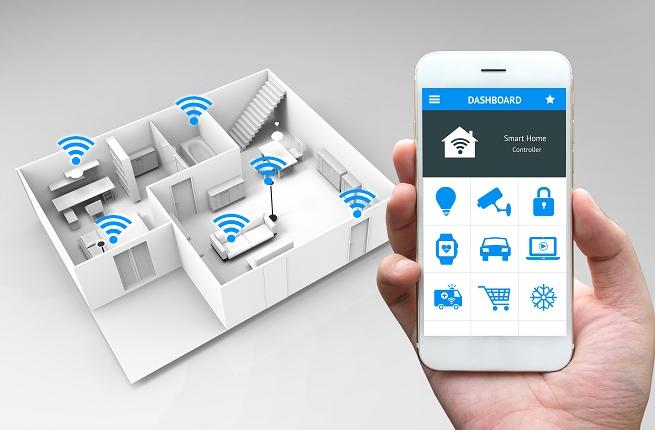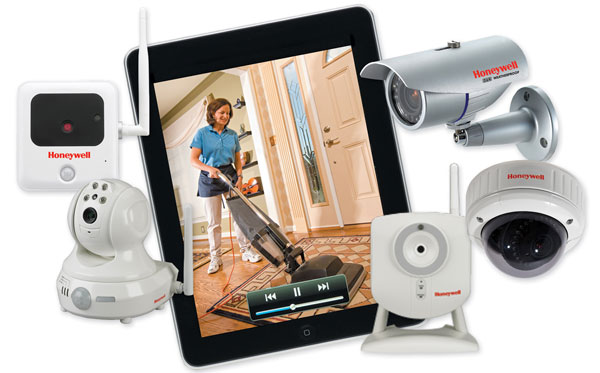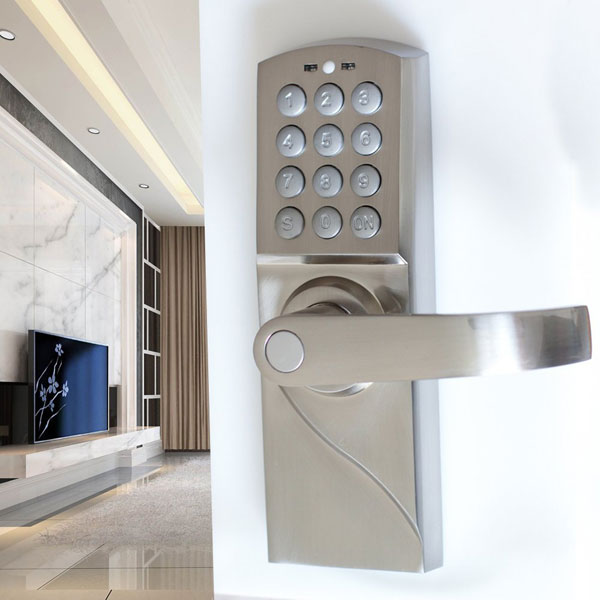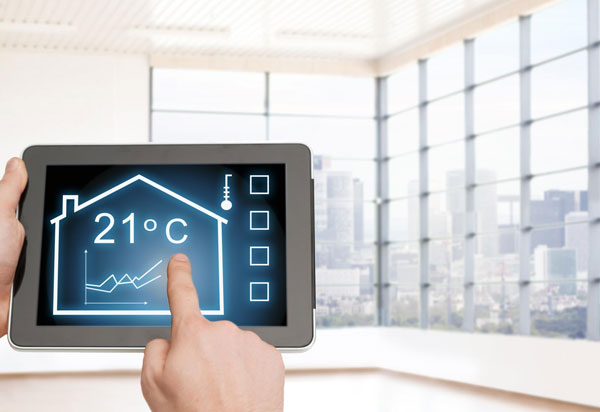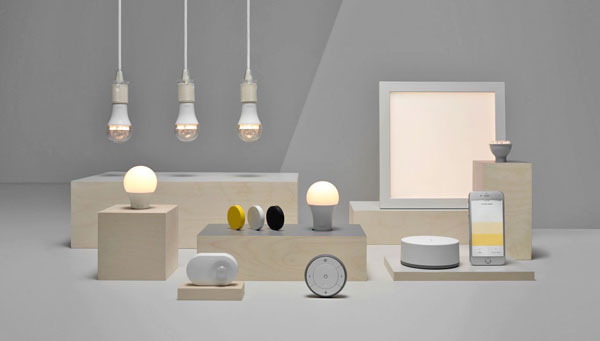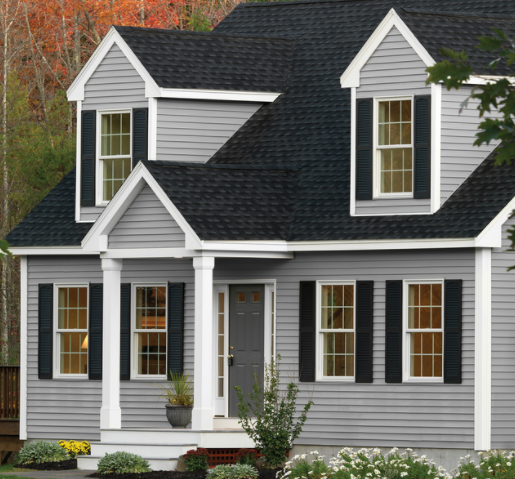 common vinyl siding colors:
common vinyl siding colors:White, Gray, Cream, Tan, Blue and Brown
These colors are also among the most common for houses in general; using them will ensure that your home blends in with its surroundings and appeals to potential buyers in the future.
Choosing a Vinyl Siding Color
Before you choose a vinyl siding color for your home, think about a few things that could influence your decision.
The Household's Age
If you live in a historic home, try to choose colors that represent the home's history. To look its best, a bungalow, for example, requires an Arts and Crafts or Craftsman palette of natural colors and tones, while a Victorian requires "somber" or subdued tones.
Where Is Your House Located?
If you live in a hot climate, light colored vinyl siding is a good option because lighter shades reflect sunlight and help keep your home cool. Darker siding could be a better option if you live in a cold environment.
Cleaning and Maintenance
Although vinyl siding is simple to clean and maintain, it can still become dirty, necessitating frequent washing to keep your home looking its best. Grays and beiges, for example, do not display dirt almost as much as intense dark and light colors.
Your Neighborhood
Curb appeal, or how your home appears to tourists, includes not just your home but also your whole neighborhood. If your home's color scheme is out of sync with the rest of the neighborhood, it can detract from its curb appeal and resale value. Before selecting a siding color, consult with your neighborhood group, if appropriate, to ensure that it is suitable and does not violate any color restrictions.
Trim
Trim houses are rarely painted in a single color. When trim, shutters, and other specifics are considered, homes often come in two, three, or even four colors. You would choose a vinyl siding palette in the same way as you would choose a paint color palette for your home's exterior. This means ensuring that the main color you choose blends well with secondary colors and that the company from which you choose a color has matching trim pieces in the colors you require.
a few examples
A piece of vinyl can appear differently in the store than it does in the sunlight and shadows that surround your home. Take a few bits of siding home as a sample and study them from all angles around your house before making a final decision. To make sure the color you've selected is the right one, look at it in different lighting and at different times of day and night.
















